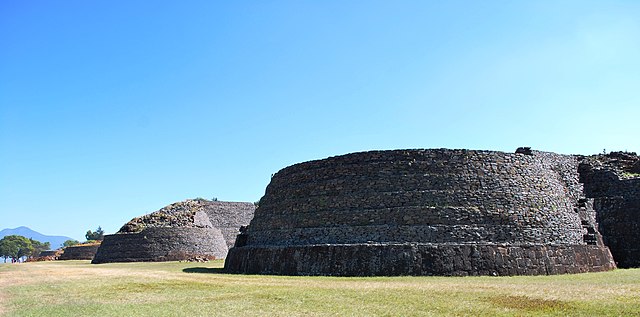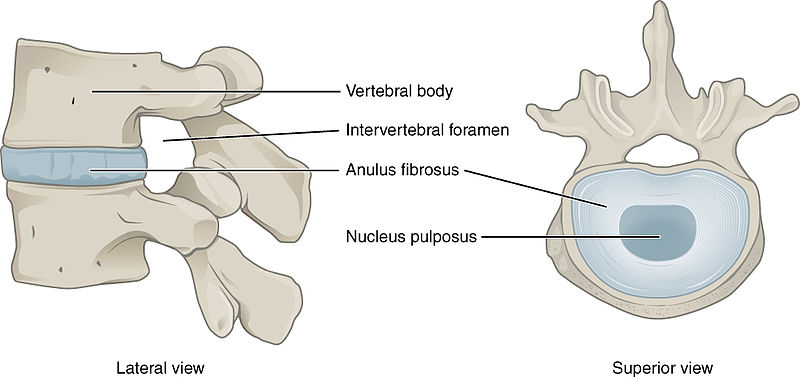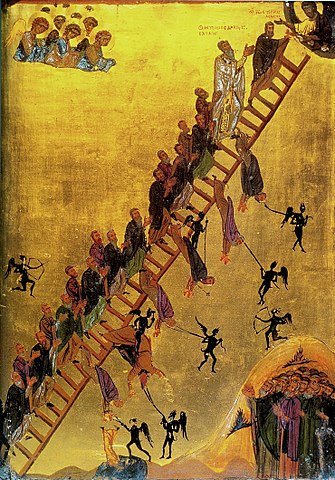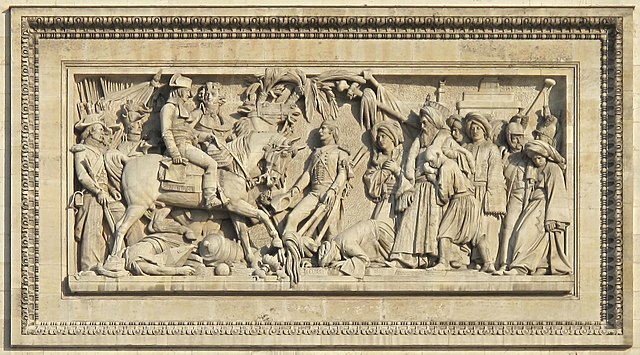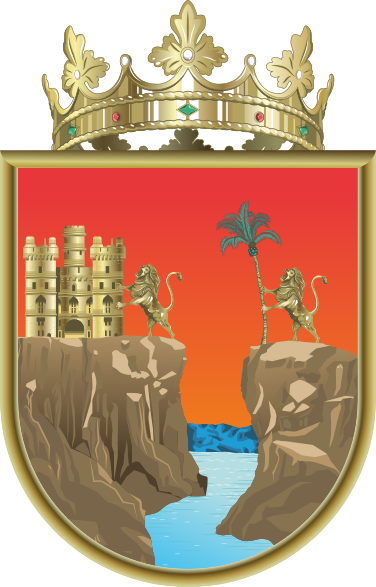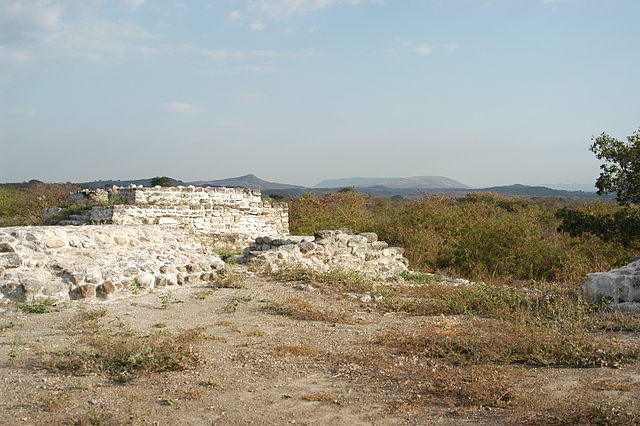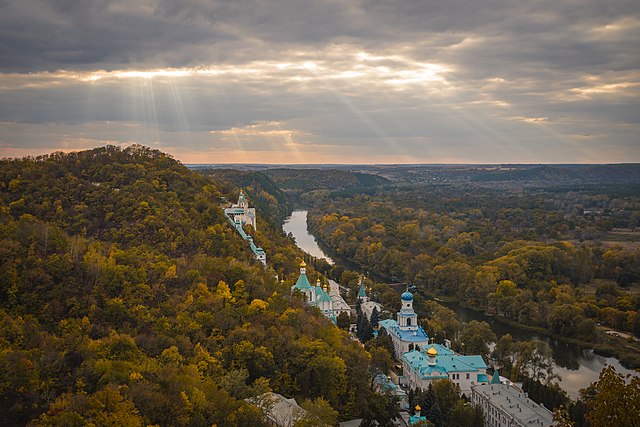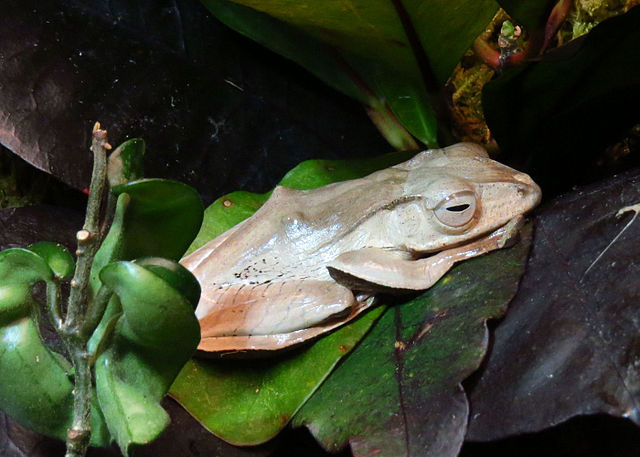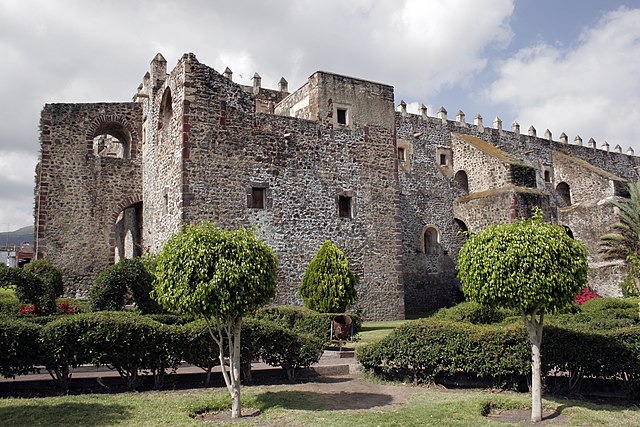We've now learned a whole year of
ASL!
Wow!
Let's try another language now, how about
Greek?
Greek is very different from the other written languages we know, because it's letters are very different.
Some of them are like English, like A and B, but others are very different, like Θ or Ξ!
Let's try to learn some words, and along the way we'll try to learn how to pronounce the letters too.
First let's learn how to say hello and goodbye.
There are a few ways to say Hello.
Hi -
Γειά σου (Geiá sou) - Sounds like Yah-soo

This is like saying Hi to your friends.
It means "To your health", so you can say this for goodbye also.
Hello -
Χαίρετε (Chairete) - Sounds like Hee-ay-day-tay

This is like saying hello to a grownup.
It means "Be happy", so you can say this for goodbye also.
Bye -
Αντίο (Antío) - Sounds like Ah-dee-oh

The letters for these words are:
Γ (Gamma) ε (Epsilon) ι (Iota) ά (Alpha) σ (Sigma) ο (Omicron) υ (Upsilon)
Χ (Chi) α (Alpha) ί (Iota) ρ (Rho) ε (Epsilon) τ (Tau) ε (Epsilon)
Α (Alpha) ν (Nu) τ (Tau) ί (Iota) ο (Omicron)

(from: wikipedia -
center for the greek language)
ASL:
Hello and Goodbye
Italian:
Ciao, arrivederci
German:
Hallo, Auf Wiedersehen
Spanish:
Hola! Adiós!
French:
Bonjour! Au Revoir!



